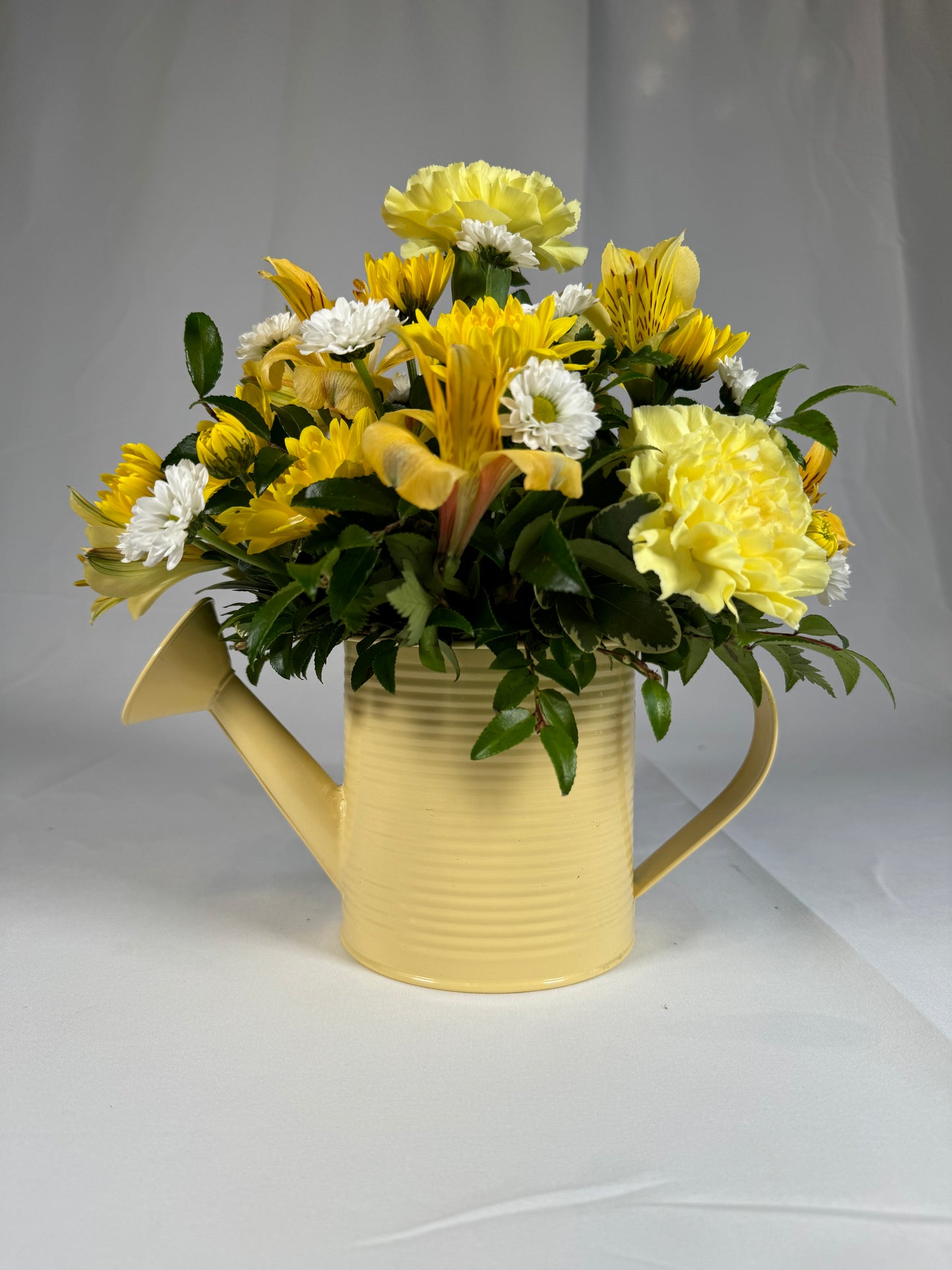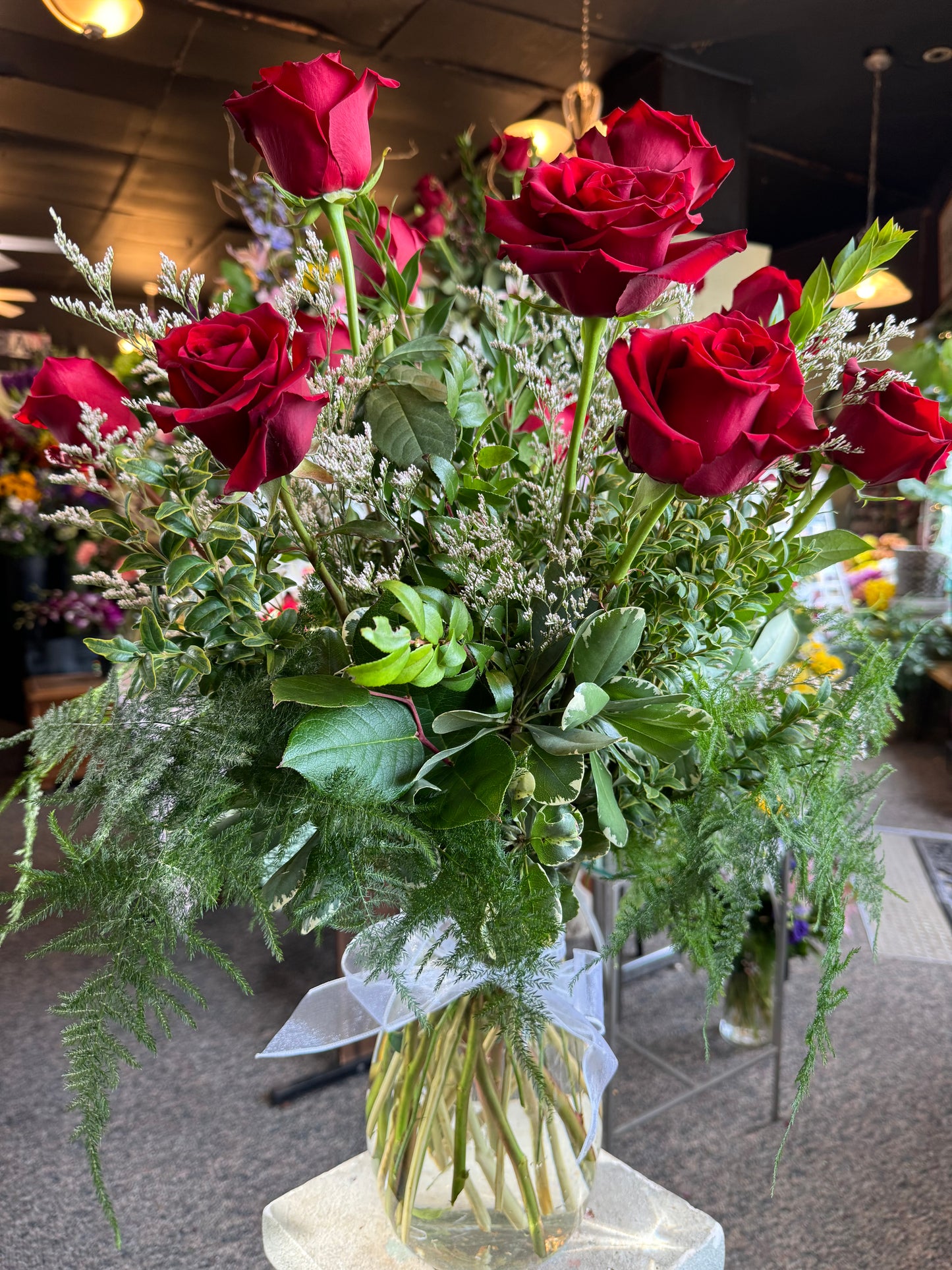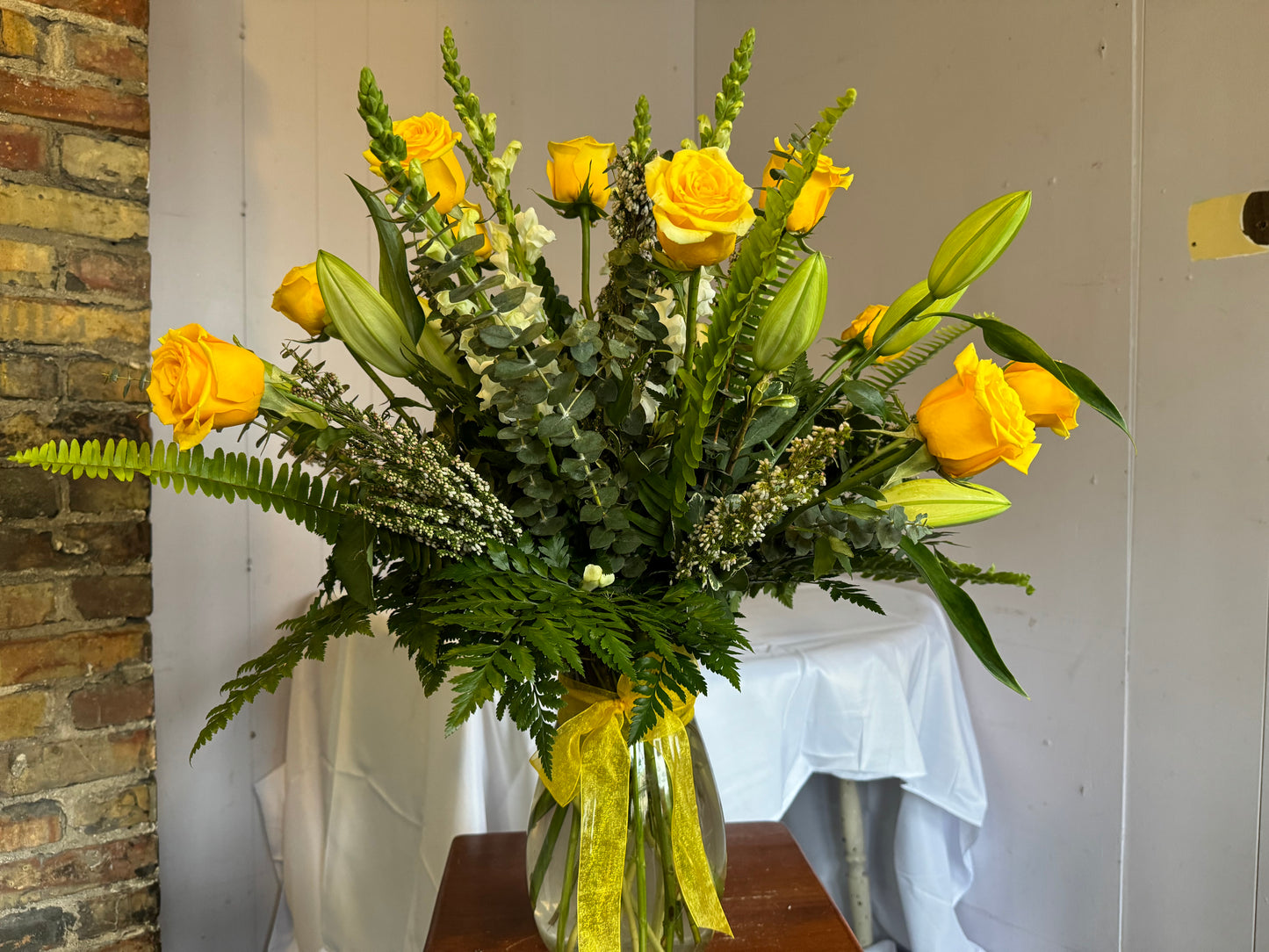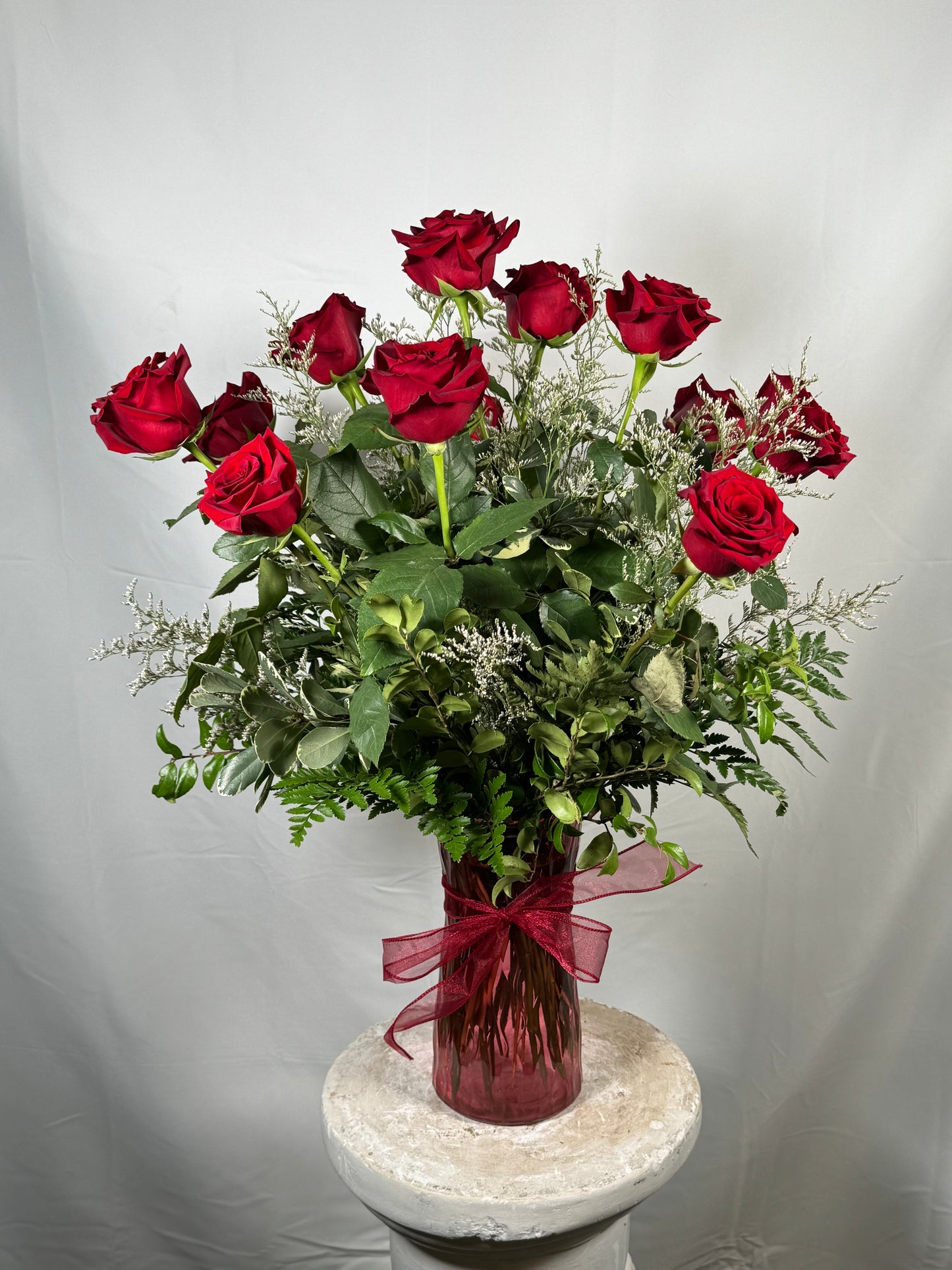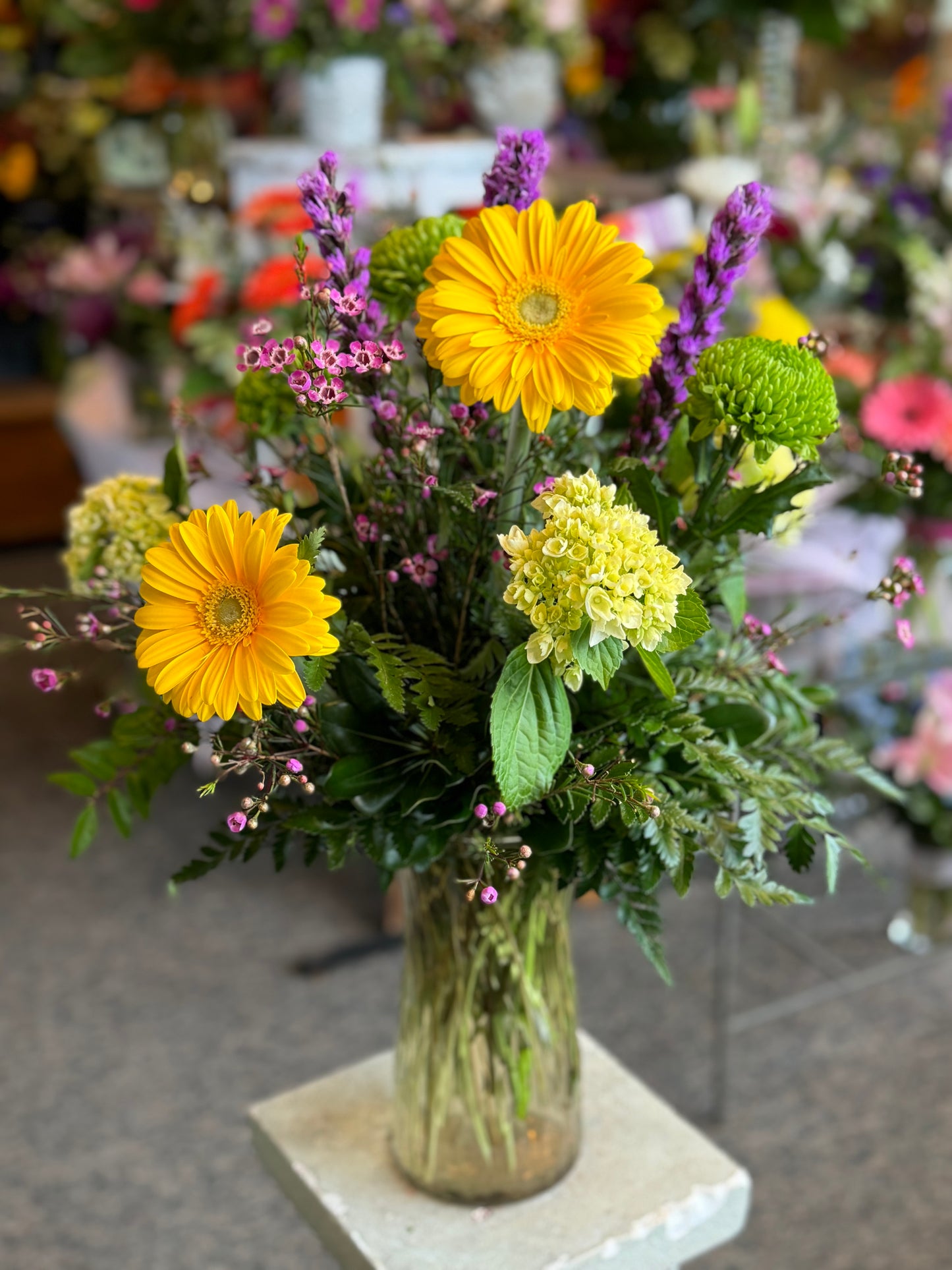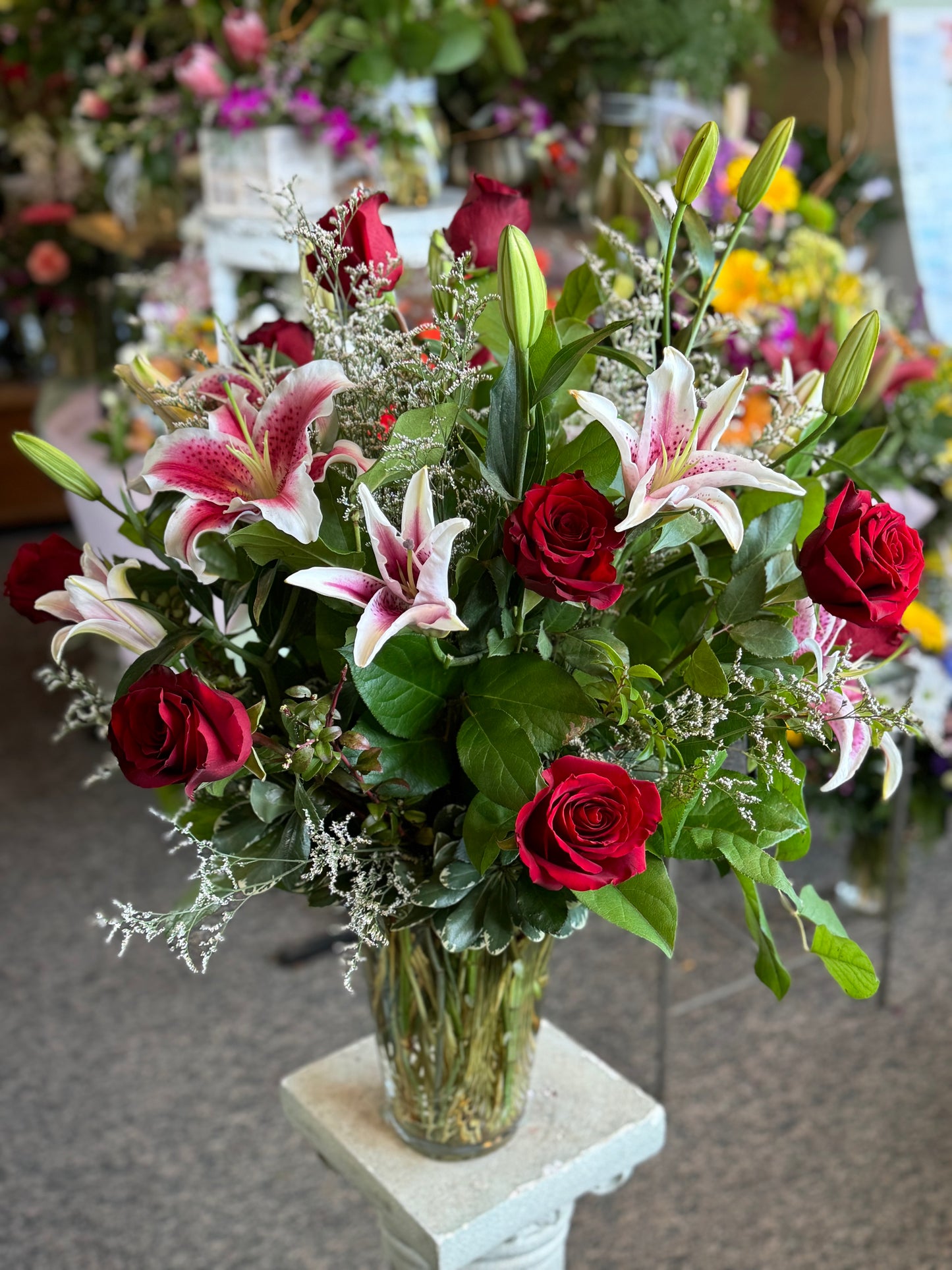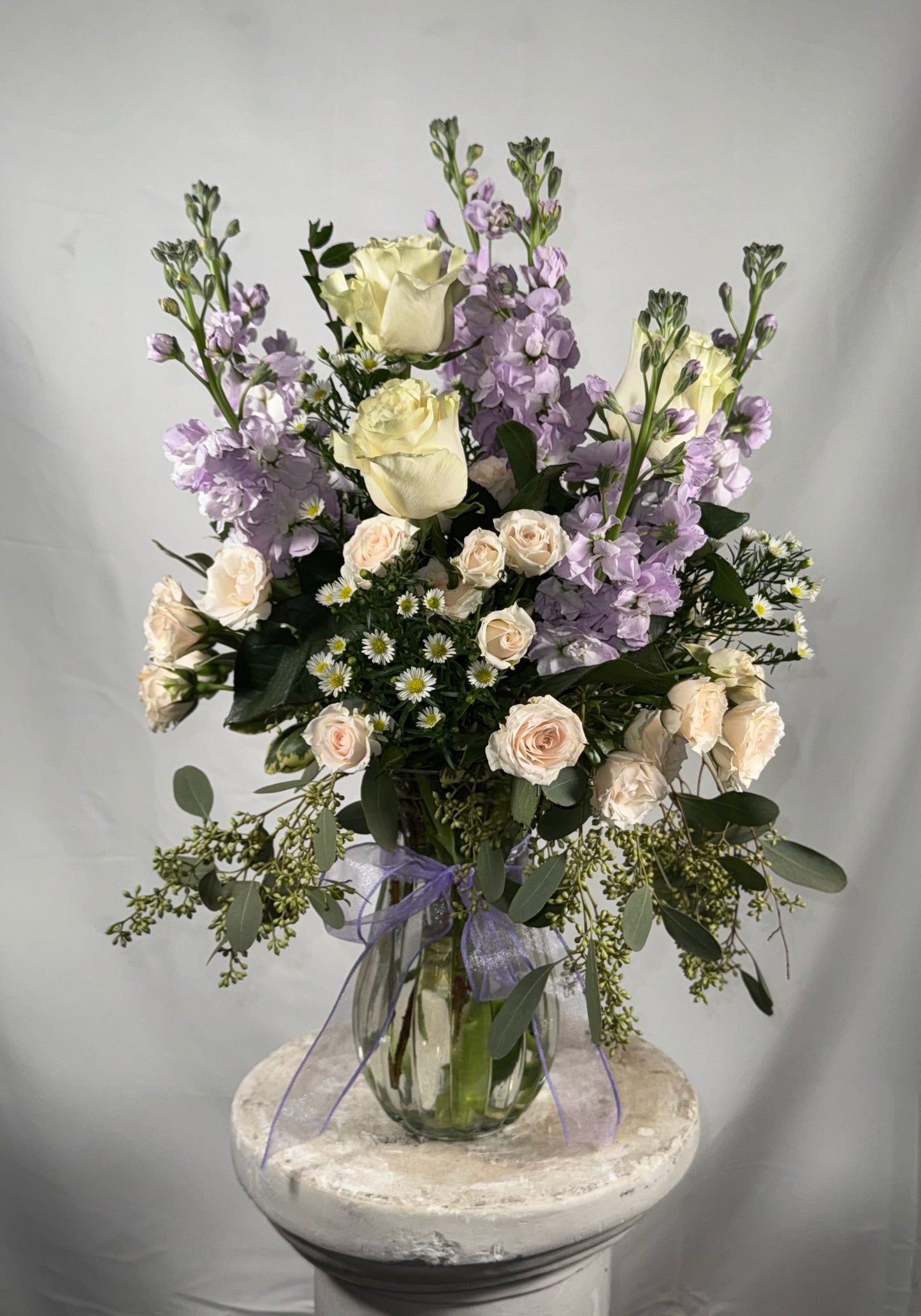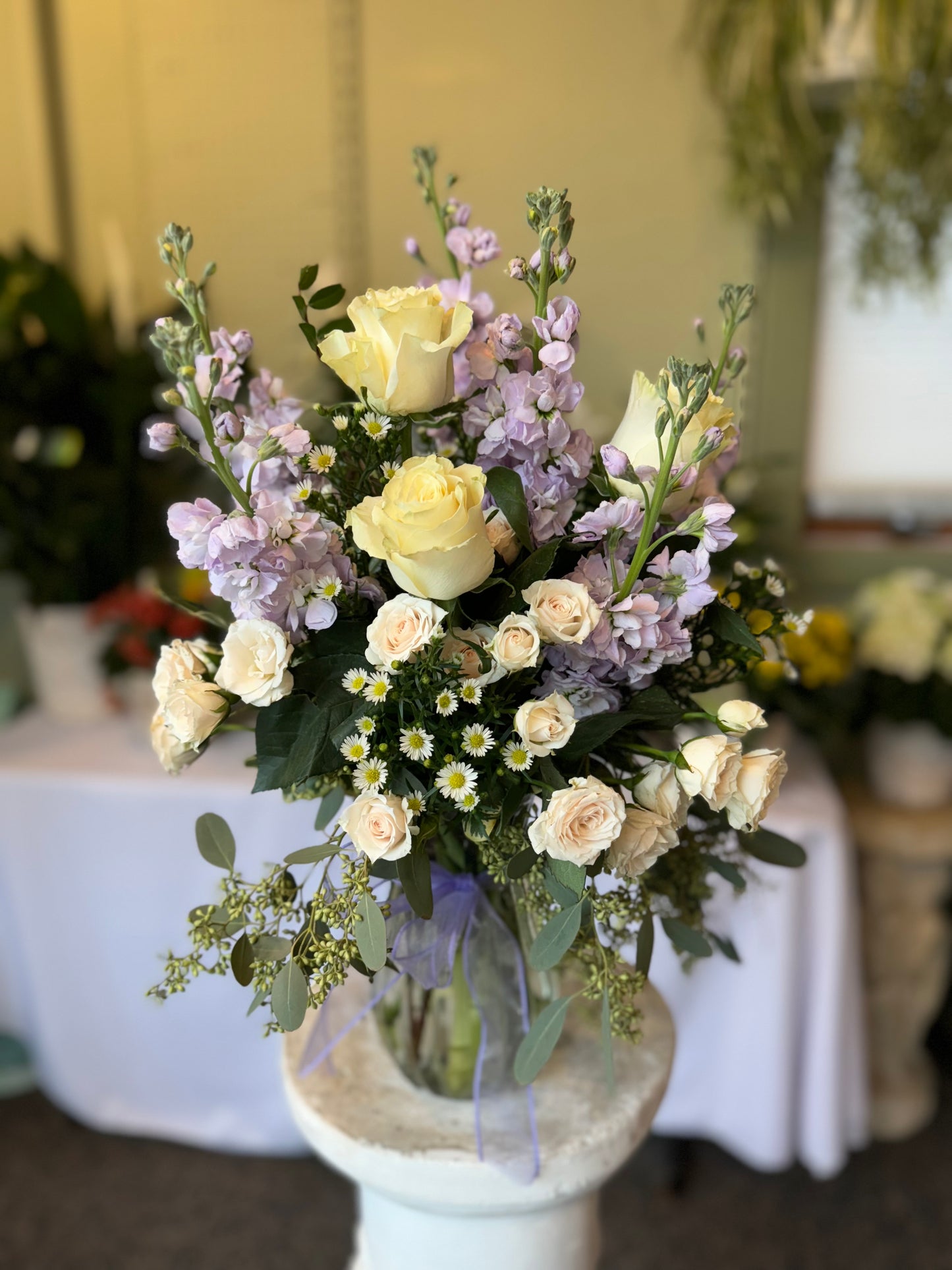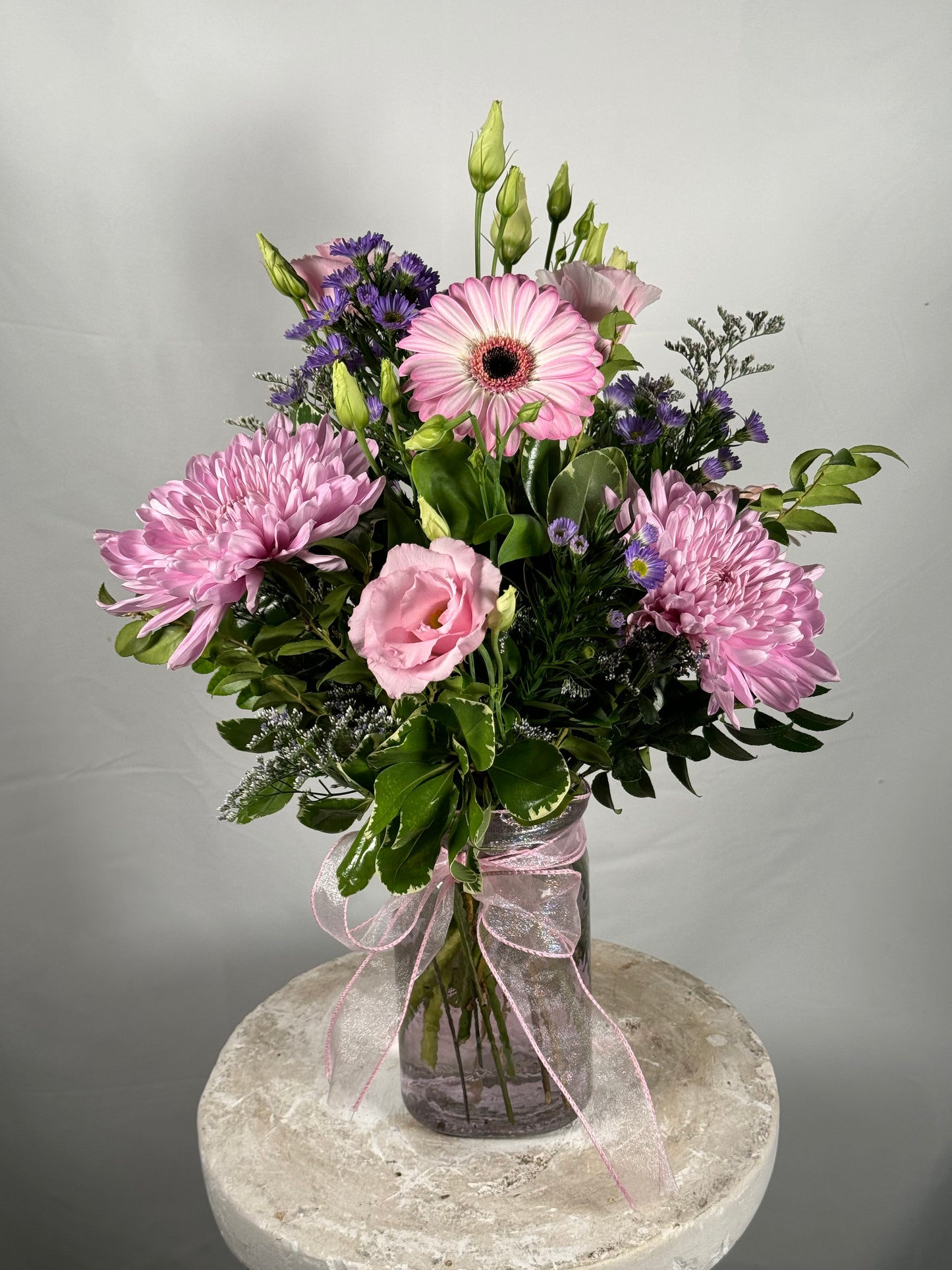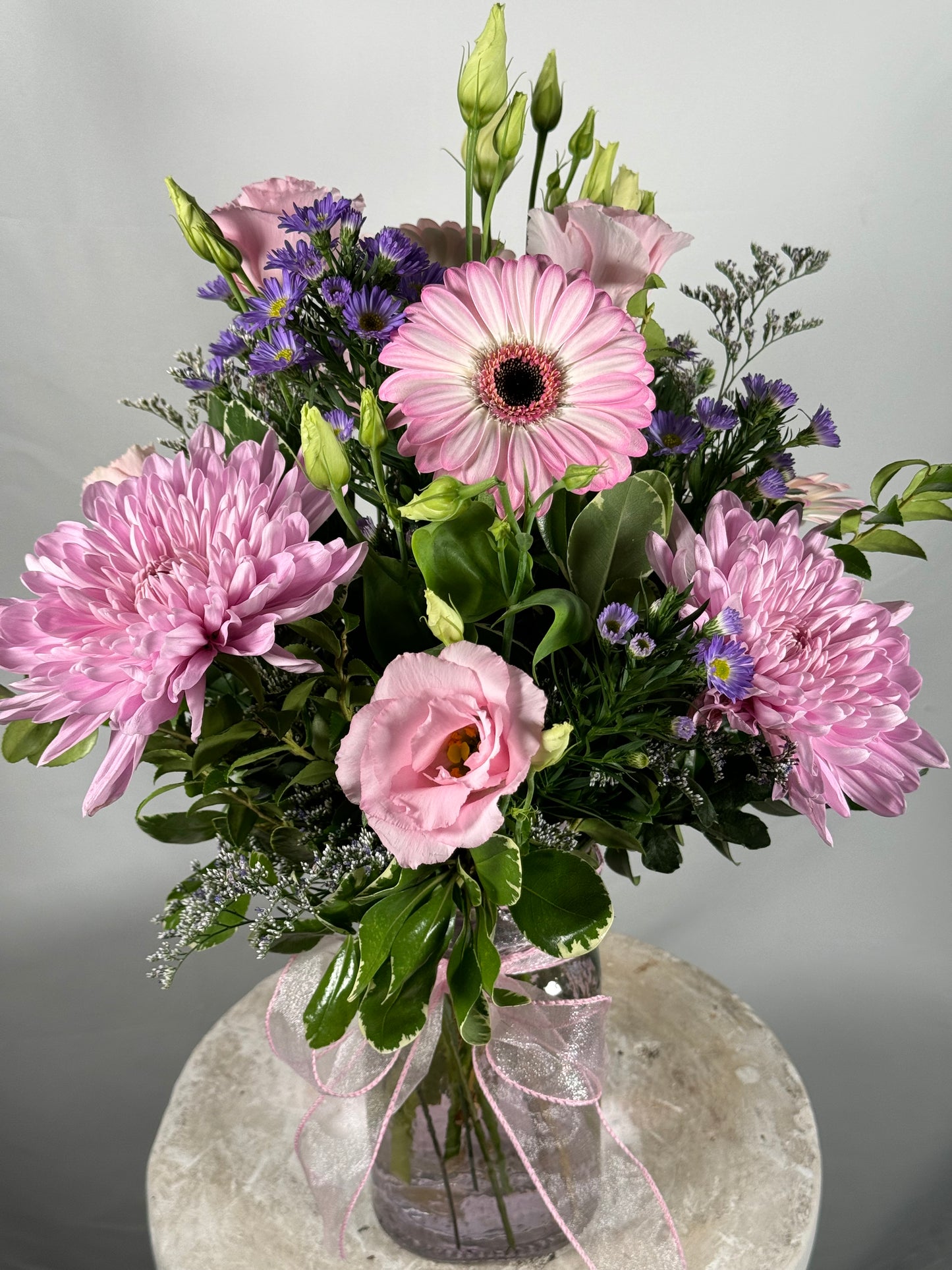
In the vast tapestry of nature's creations, few flowers command the admiration, fascination, and devotion that roses do. With their captivating beauty, intoxicating fragrance, and rich symbolism, roses have woven themselves into the fabric of human history, leaving an indelible mark on cultures and civilizations spanning millennia. Join us on an immersive journey through time as we delve deep into the origins, cultivation, and symbolism of the rose, unraveling the secrets behind its enduring allure.
**Origins and Early Cultivation:**
The story of the rose begins in the cradle of civilization, where ancient peoples first encountered the wild ancestors of the roses we know today. Traces of rose cultivation have been unearthed in archaeological sites dating back over 5,000 years, with evidence suggesting that early civilizations in China, Mesopotamia, and Egypt cultivated roses for their medicinal properties. These primitive roses, likely simple and single-petaled, served as the foundation for the magnificent varieties that would later emerge.
**Spread Across Continents:**
As trade routes crisscrossed the ancient world, the allure of the rose spread far and wide, carried by merchants, diplomats, and explorers to distant lands. In ancient Greece and Rome, roses occupied a central place in mythology, revered as symbols of love, beauty, and secrecy. The Romans, in particular, developed a profound affection for roses, using them in extravagant festivals, as adornments in banquets and ceremonies, and even as currency in the form of rose-shaped coins.
**The Rise of Rose Cultivation:**
The Renaissance marked a golden age for rose cultivation in Europe, as gardeners and botanists embarked on a quest to unlock the secrets of this captivating flower. Through careful crossbreeding and selection, they created a dazzling array of new varieties, each more exquisite than the last. Rose gardens flourished in the estates of nobility and royalty, serving as showcases of wealth, taste, and refinement. Painters, poets, and writers celebrated the rose in their works, immortalizing its beauty and symbolism for generations to come.
**Modern Horticulture:**
Today, roses are cultivated on every continent except Antarctica, their cultivation spanning a diverse range of climates, landscapes, and growing conditions. From the picturesque rose gardens of England to the vast commercial fields of Ecuador and Kenya, roses thrive in a myriad of settings, thanks to advances in breeding, cultivation techniques, and technology. Hybridization has led to an explosion of diversity, with thousands of varieties available to enthusiasts, gardeners, and florists worldwide.
**Symbolism and Ceremonial Significance:**
Throughout history, roses have been steeped in symbolism and used in a multitude of ceremonies and rituals. In ancient Egypt, roses were associated with the goddess Isis and used in funerary rites to honor the deceased. In medieval Europe, roses symbolized the Virgin Mary and Christ's blood, appearing in religious art, poetry, and literature as emblems of purity, love, and devotion. Today, roses continue to hold special significance in weddings, funerals, and other important occasions, serving as timeless symbols of love, remembrance, and celebration.
**Conclusion:**
The history of roses is a testament to the enduring power of nature's beauty to inspire, uplift, and unite humanity across time and space. From their humble origins to their global proliferation, roses have transcended cultural boundaries and captured the hearts and imaginations of people around the world. As we cultivate, admire, and cherish these exquisite flowers, we are reminded of the profound impact they have had on our lives, our cultures, and our collective consciousness. Long live the rose, eternal symbol of love, beauty, and grace.
**Origins and Early Cultivation:**
The story of the rose begins in the cradle of civilization, where ancient peoples first encountered the wild ancestors of the roses we know today. Traces of rose cultivation have been unearthed in archaeological sites dating back over 5,000 years, with evidence suggesting that early civilizations in China, Mesopotamia, and Egypt cultivated roses for their medicinal properties. These primitive roses, likely simple and single-petaled, served as the foundation for the magnificent varieties that would later emerge.
**Spread Across Continents:**
As trade routes crisscrossed the ancient world, the allure of the rose spread far and wide, carried by merchants, diplomats, and explorers to distant lands. In ancient Greece and Rome, roses occupied a central place in mythology, revered as symbols of love, beauty, and secrecy. The Romans, in particular, developed a profound affection for roses, using them in extravagant festivals, as adornments in banquets and ceremonies, and even as currency in the form of rose-shaped coins.
**The Rise of Rose Cultivation:**
The Renaissance marked a golden age for rose cultivation in Europe, as gardeners and botanists embarked on a quest to unlock the secrets of this captivating flower. Through careful crossbreeding and selection, they created a dazzling array of new varieties, each more exquisite than the last. Rose gardens flourished in the estates of nobility and royalty, serving as showcases of wealth, taste, and refinement. Painters, poets, and writers celebrated the rose in their works, immortalizing its beauty and symbolism for generations to come.
**Modern Horticulture:**
Today, roses are cultivated on every continent except Antarctica, their cultivation spanning a diverse range of climates, landscapes, and growing conditions. From the picturesque rose gardens of England to the vast commercial fields of Ecuador and Kenya, roses thrive in a myriad of settings, thanks to advances in breeding, cultivation techniques, and technology. Hybridization has led to an explosion of diversity, with thousands of varieties available to enthusiasts, gardeners, and florists worldwide.
**Symbolism and Ceremonial Significance:**
Throughout history, roses have been steeped in symbolism and used in a multitude of ceremonies and rituals. In ancient Egypt, roses were associated with the goddess Isis and used in funerary rites to honor the deceased. In medieval Europe, roses symbolized the Virgin Mary and Christ's blood, appearing in religious art, poetry, and literature as emblems of purity, love, and devotion. Today, roses continue to hold special significance in weddings, funerals, and other important occasions, serving as timeless symbols of love, remembrance, and celebration.
**Conclusion:**
The history of roses is a testament to the enduring power of nature's beauty to inspire, uplift, and unite humanity across time and space. From their humble origins to their global proliferation, roses have transcended cultural boundaries and captured the hearts and imaginations of people around the world. As we cultivate, admire, and cherish these exquisite flowers, we are reminded of the profound impact they have had on our lives, our cultures, and our collective consciousness. Long live the rose, eternal symbol of love, beauty, and grace.






